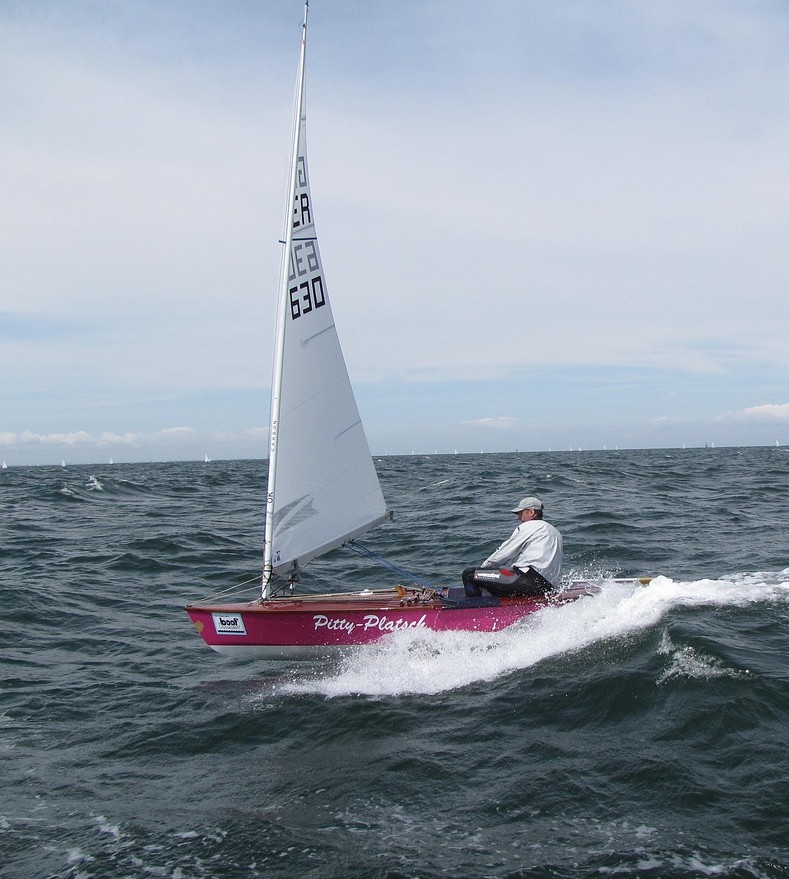
Dinghy
A small sailboat usually under 20 feet long and open for most of its length.

Sloop
A sloop rig is a boat with a single mast and a fore and aft sail configuration. Sloops date back to the early 17th century but didn't really become popular until the 20th century. The likely reason for their popularity is their ability to efficiently head upwind and how relatively simple they are to control - great for short-handing.
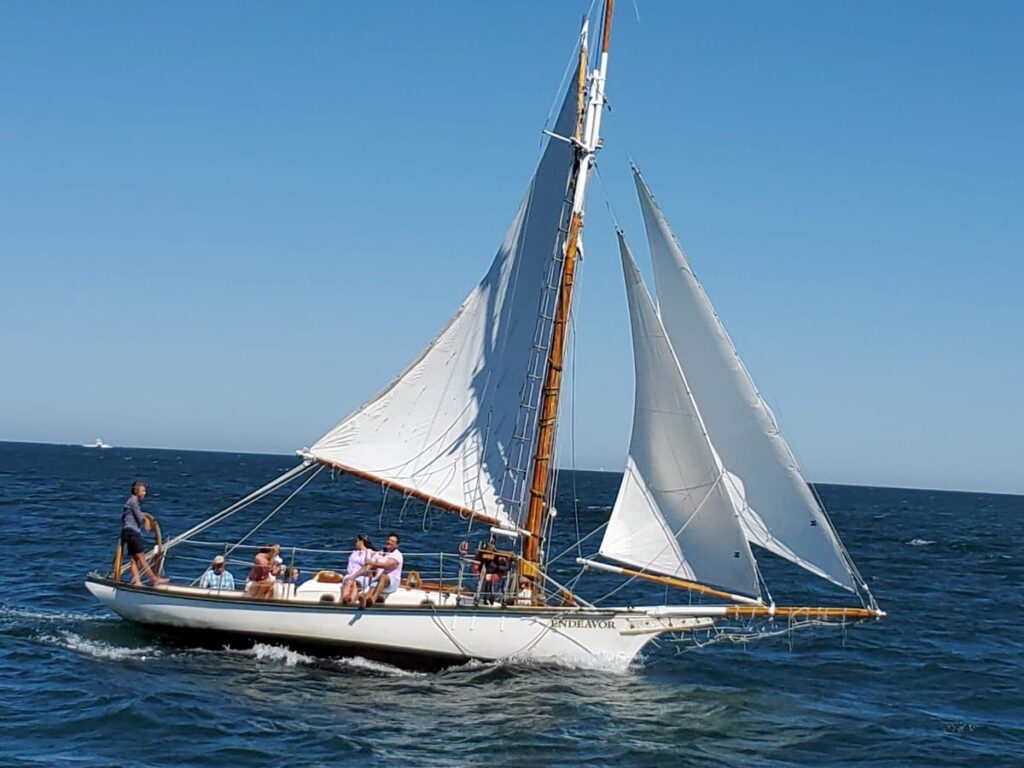
Cutter
A variation on the Sloop is the Cutter Rig. Although it has gone through some changes through the course of history, the modern cutter rig is generally a set-up with two headsails. The forward sail is called the Yankee, and the one slightly behind it is the staysail.
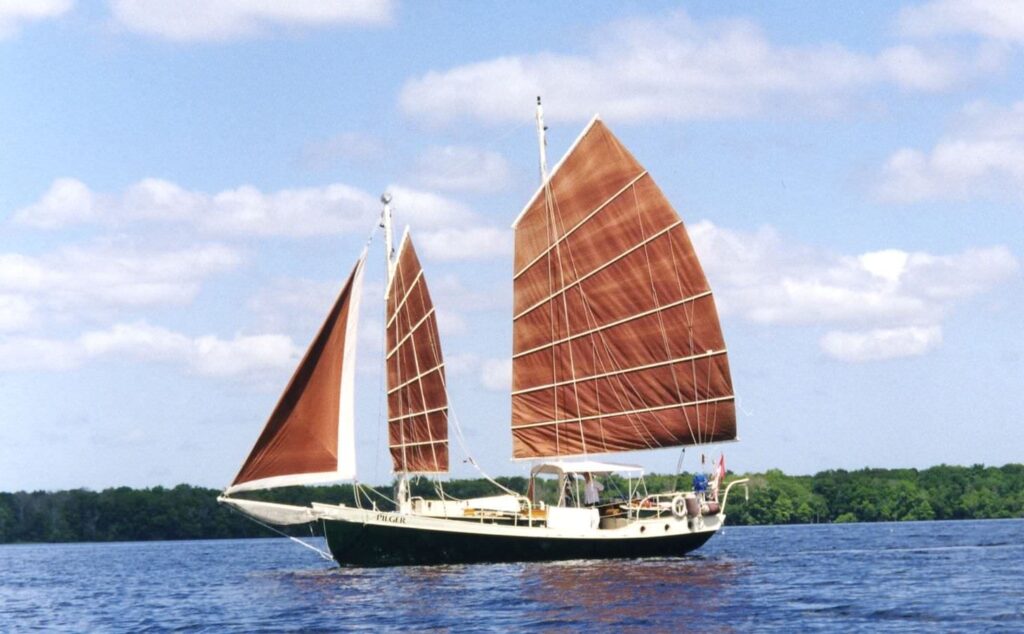
Junk
There are many who feel that this very old but very innovative sail plan is superior to the more popular and ubiquitous sloop rig and others. The junk is predicated upon fully battened sails, a characteristic associated with more modern racing vessels, and they typically lack any standing rigging (stays and shrouds). Due to the full batten set-up, the sails maintain an efficient, consistent shape and are fast, especially downwind. In a big breeze, junk owners will attest that they're extremely easy to reef and, as an added bonus, are inherently self-tacking.
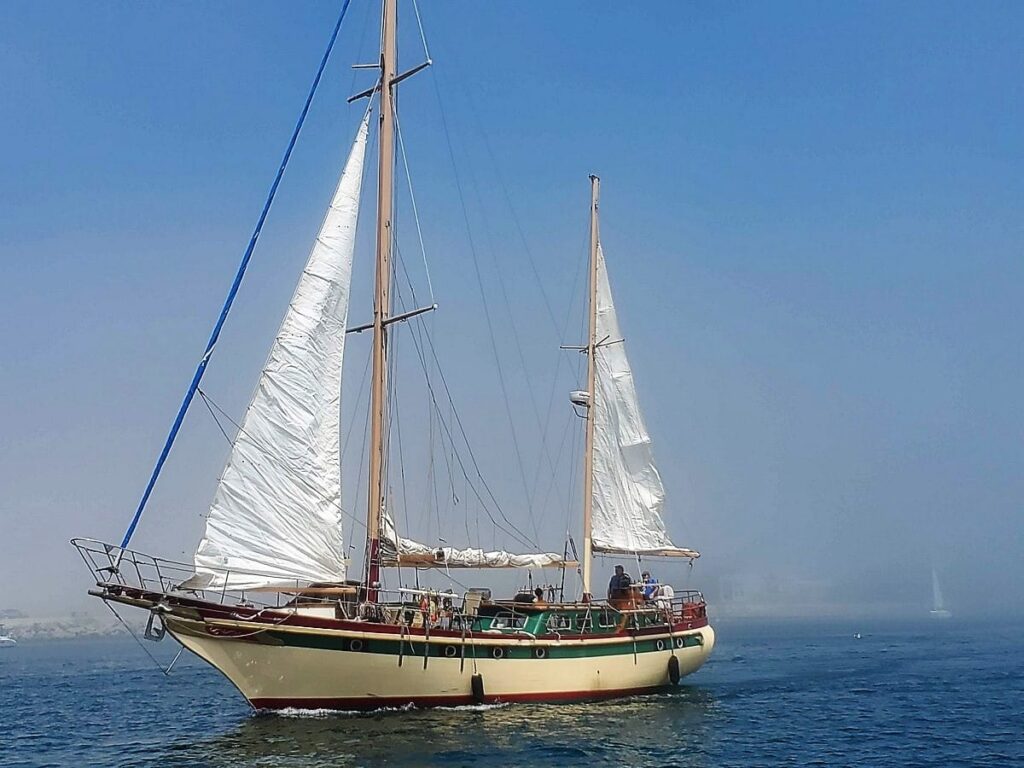
Ketch
They are two masted rigs with a main mast and a (smaller) mizzenmast that is set in front of the rudder post - they carry a jib just like a sloop. Generally, ketches will be in the 40-plus foot range. The reasoning for this is that before sailing hardware was as advanced as it is now, designers were looking for ways to carry a good amount of sail but make it manageable at the same time. This configuration served that purpose and, while doing so, also gave sailors quite a few options for various weather conditions and situations.

Yawl
Like, the ketch, a yawl is equipped with two masts, a main and a mizzen, but ordinarily, on a yawl, the mast is smaller and set behind the rudder post. While some yawl sailors contest the small sail configuration that hangs over the stern as an aid to heaving to and steadying life at a mooring, most concede the mizzen on a yawl is not what it is on a ketch. Typically, it doesn't provide any horsepower to speak of or ease-of-handling benefits in splitting the rig like a ketch or schooner might.
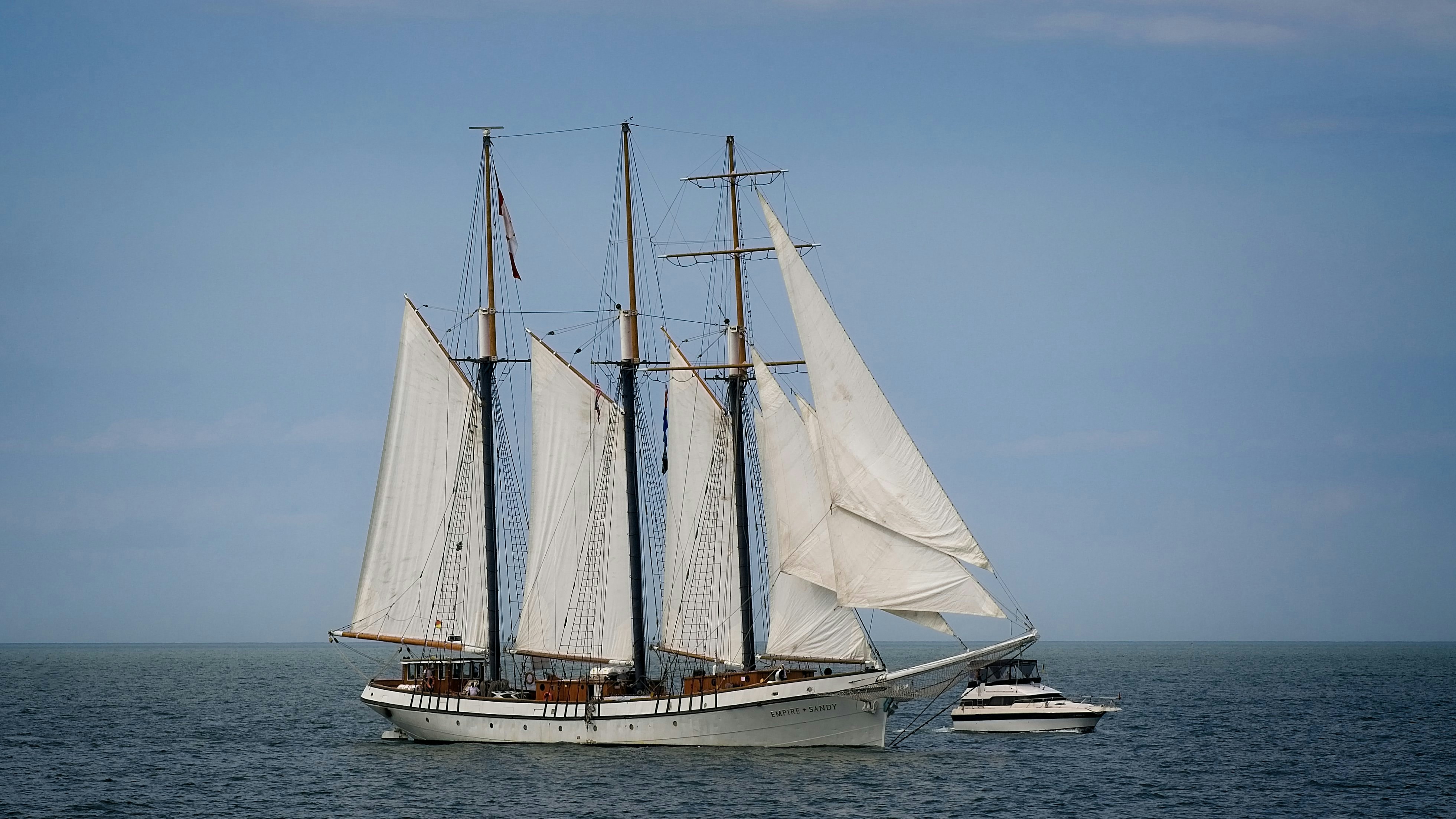
Gaff Rig
A gaff rig employs a spar on the top of the sail, and typically other sails can be set in conjunction with that mainsail with the gaff. Often, on the smaller, non-tall ship, gaff rigs, there will be a small triangular sail that fits between the main and the mast like a puzzle piece - this is the topsail.
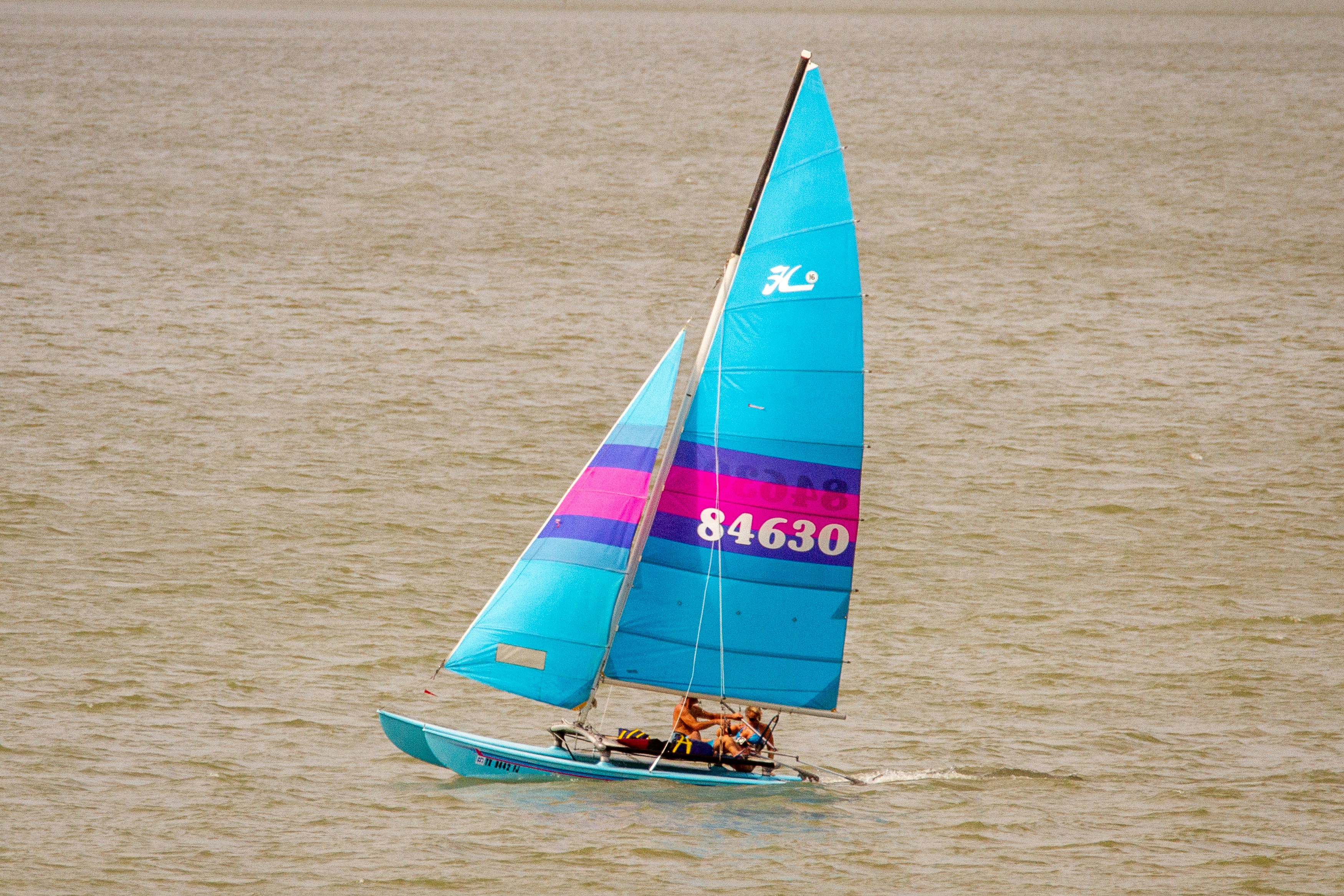
Cat
A cat rig is a single mast situated well forward, near the bow, which carries a large single sail and has no standing rigging, sometimes referred to as “unstayed.” An Optimist, Laser or Sabot are common (smaller) examples of a cat rig, but many bigger boats utilize the set-up.
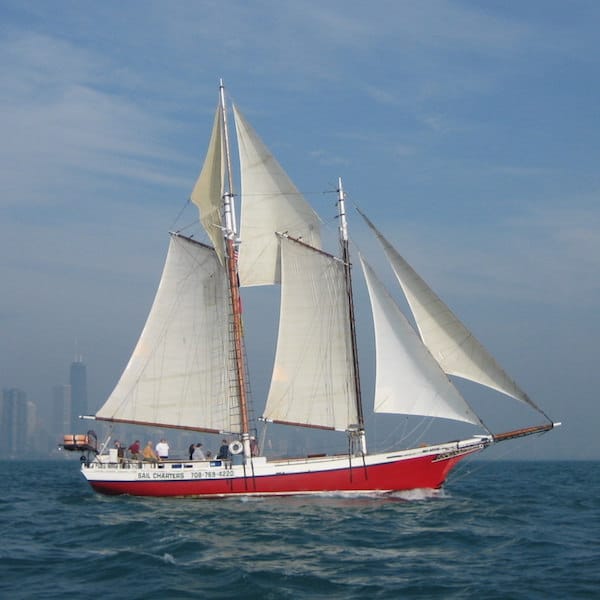
Schooner
A schooner is a sailboat with at least two masts, with the forward mast (foremast) being a bit shorter than the main mast. Although a schooner can have more than two masts, most were just two. During the time of their popularity, this smaller and better upwind setup allowed for a more efficient and manageable sailboat. It was the preferred choice of pirates, privateers, slaveship captains and others.
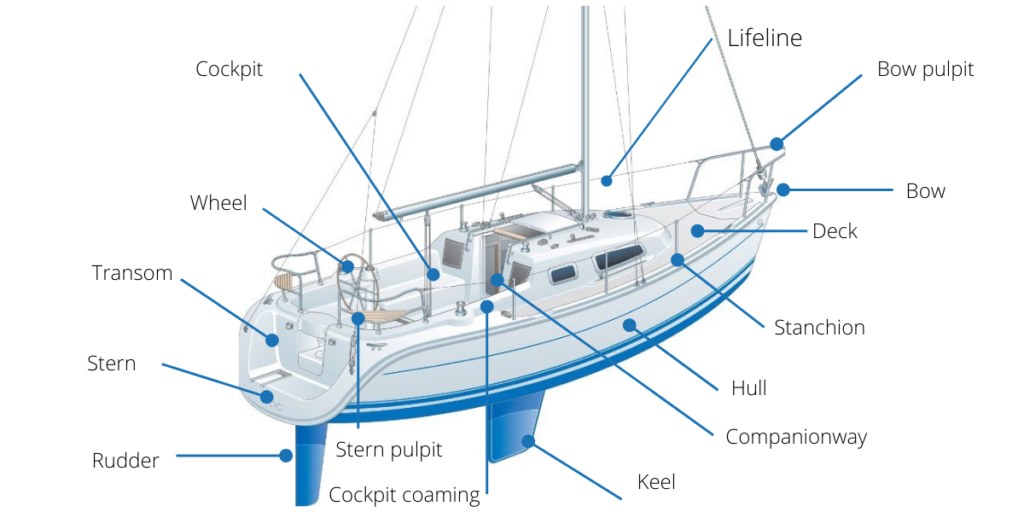
Basic Anatomy
This is a wider card with supporting text below as a natural lead-in to additional content. This content is a little bit longer.

Bowline Knot
Reasonably secure loop in a rope's end - and easy to undo.
Uses: The Bowline makes a reasonably secure loop in the end of a piece of rope. It has many uses, e.g., to fasten a mooring line to a ring or a post. Under load, it does not slip or bind. With no load it can be untied easily. Two bowlines can be linked together to join two ropes. Its principal shortcoming is that it cannot be tied, or untied, when there is a load on the standing end. It should therefore be avoided when, for example, a mooring line may have to be released under load.
Name: The name Bowline derives from “bow line“. The Bow Line Knot secured the line holding the weather leech of a square sail forward to prevent it being taken aback.
Shakes Undone If Not Loaded: When a Bowline is unloaded, it can very readily work its way untied.
View animated instructions at www.animatedknots.com
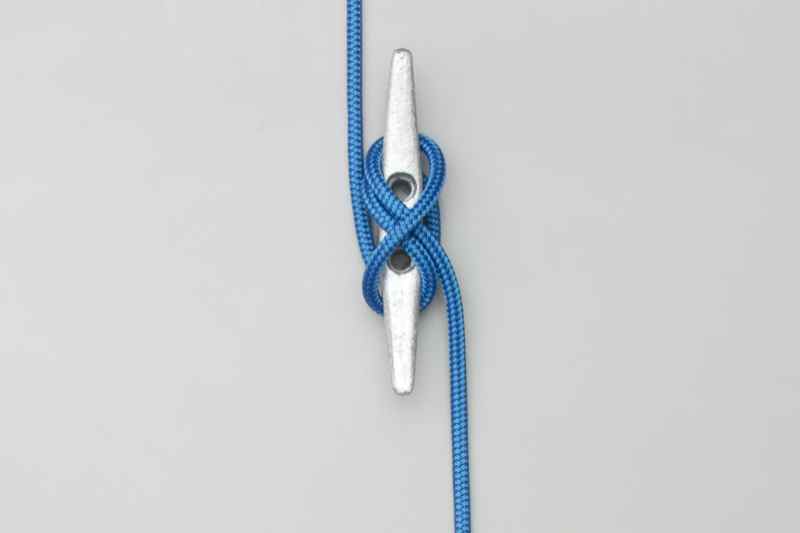
Cleat Hitch
Attaches rope to cleat - used for halyards, clotheslines, etc.
Uses: The Cleat Hitch secures a rope to a cleat. It is deceptively simple and an unwary skipper who invites visitors to secure a halyard may be astonished and dismayed by the unsatisfactory results. See also securing a rope to a Deck Cleat.
No Locking Turn: This animation shows a final locking turn - because it is common in small sailboats. Never use a Locking Turn on a halyard on a large boat - use extra cross-overs. The essential requirement is the ability to release quickly. Also, the halyard should be coiled where it will run out easily.
Tightening a Halyard:A halyard may be subject to a considerable load. On older sailing boats, there may not be a winch. After the rope has passed around the bottom and top horns, one person holds the tail and takes up slack while another swings sideways on the rope above to gain the slack.
View animated instructions at www.animatedknots.com
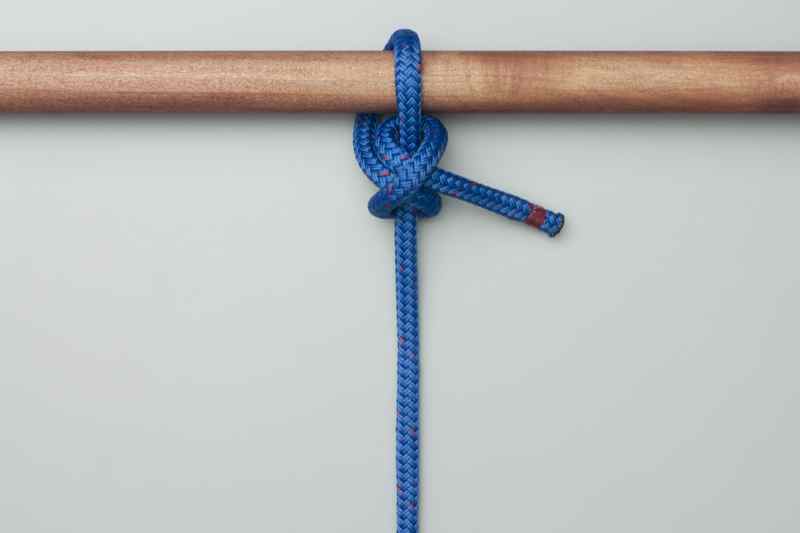
Buntline Hitch
Secure hitch originally used to join buntlines to square sails.
Uses: The Buntline Hitch was originally employed to secure the buntlines to the foot of the square sails. Repeated shaking and jerking by a flapping sail tended to tighten this knot - hence its value.
Structure: When complete, the finished Buntline Hitch is a clove hitch around the standing end but the clove hitch is inverted when compared to the clove hitch in a Round Turn and Two Half Hitches. However, while it is being tied the first part of the knot should not be called a Half Hitch. Up to frame 5 in the animation the rope merely wraps around the standing end.
Other Uses: Although it is not obvious, the same knot is widely used for neckties, where it is known as the Four-in-Hand Knot. The difference is merely in the material used and in the alignment of the final part of the knot so that the two ends emerge parallel.
Advantages: The Buntline Hitch is more secure than two Half Hitches and very resistant to shaking loose.
Disadvantages: The Buntline Hitch knot cannot be tied under a load and, after being heavily loaded, it is more liable to jam and be awkward to release than two Half Hitches.
View animated instructions at www.animatedknots.com
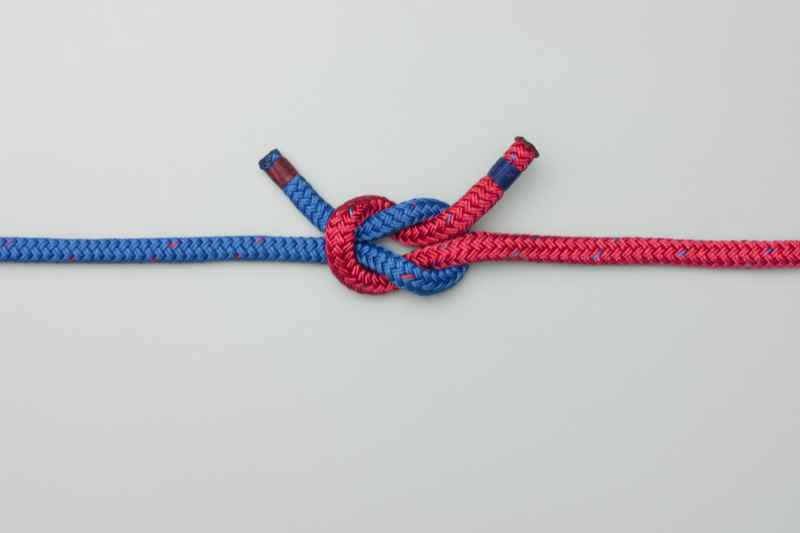
Square Knot
Simple way to join two ropes made up of two Half Knots.
First Knot: The Square (Reef) Knot (ABOK # 1402, p 258) is usually learned when we tie the laces on our first pair of shoes. Admittedly it is usually a bow that we tie - but the underlying knot is a Square (Reef) Knot. We also learn just how unsatisfactory the knot is. It slips, it comes undone, it jams, and it is all too easy to tie a Granny instead which behaves even less well.
Purpose: It is intended to be a binding knot and, tied in the right material against a curved surface, the first Half Knot may bind - but it cannot be trusted. That is why surgeons use an extra turn in the first Half Knot - to achieve the binding required while they prepare the second Half Knot.
View animated instructions at www.animatedknots.com